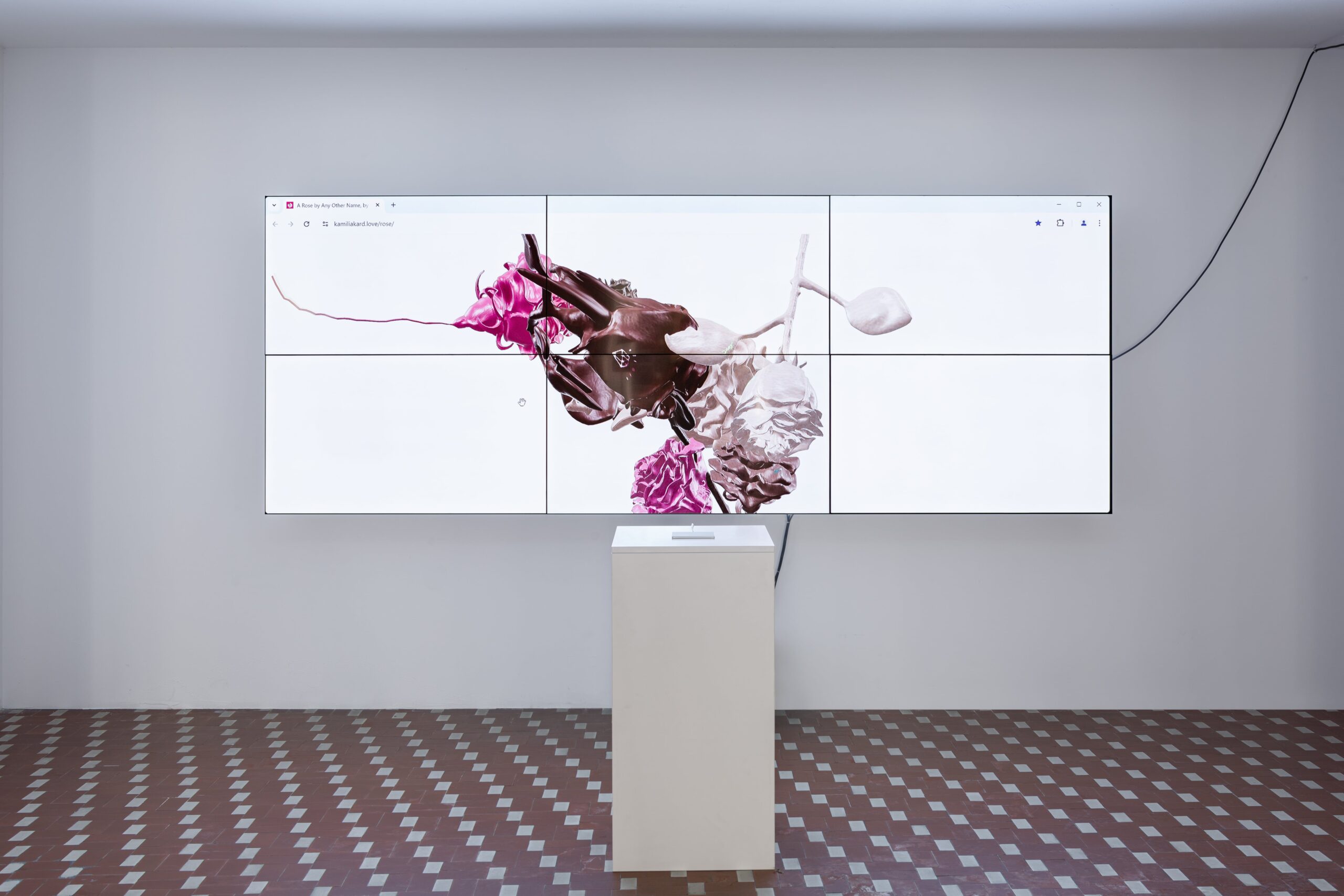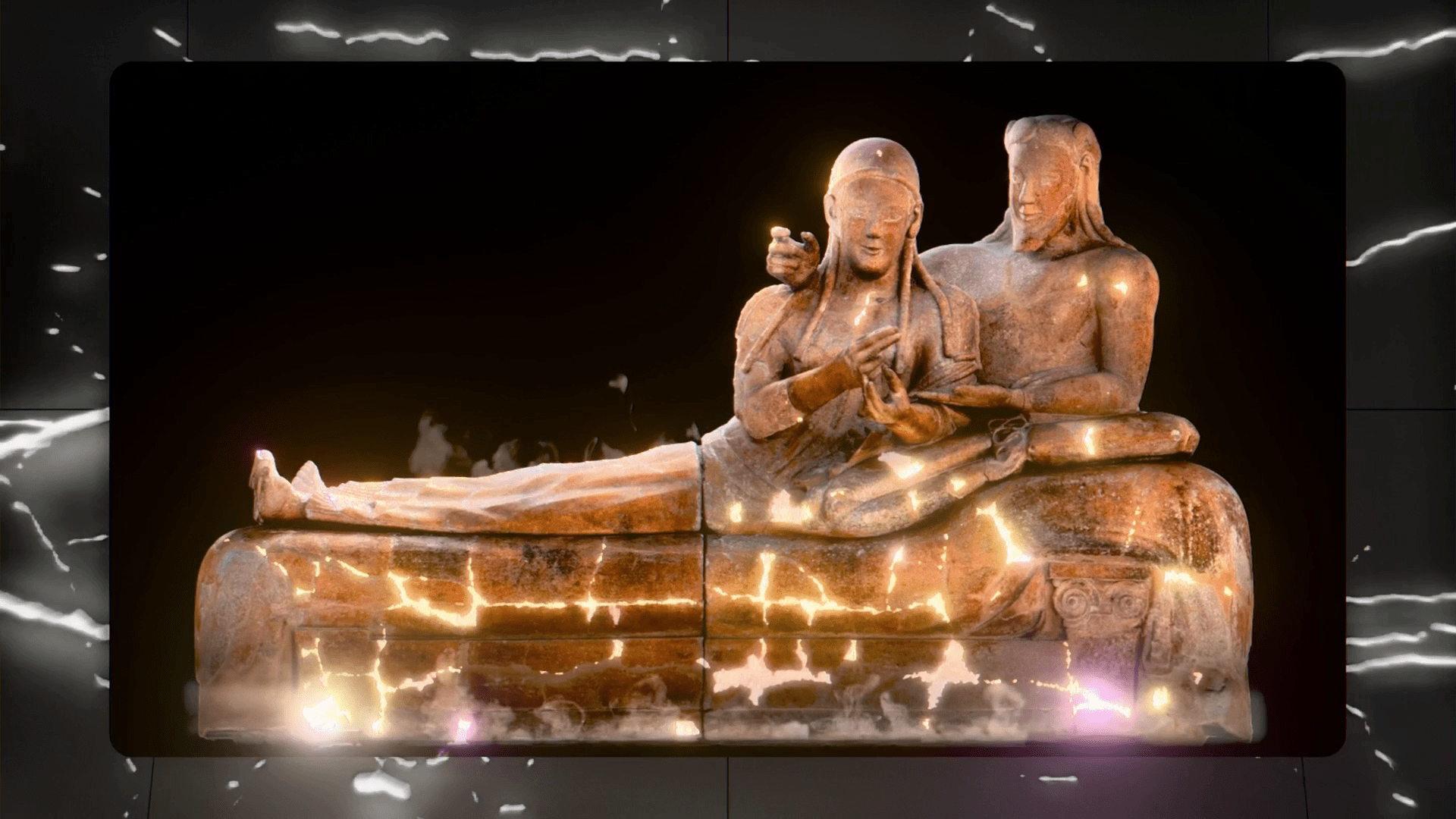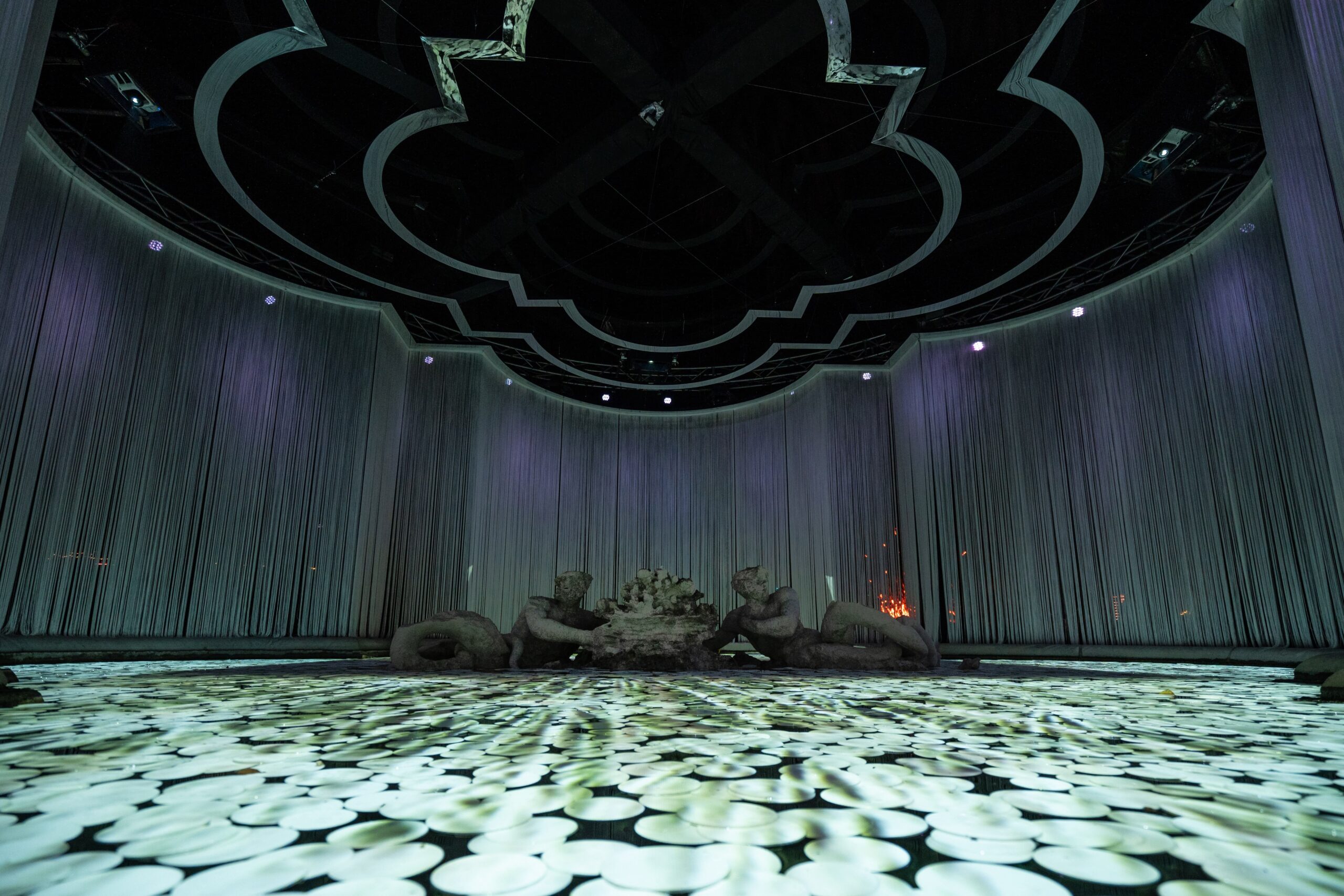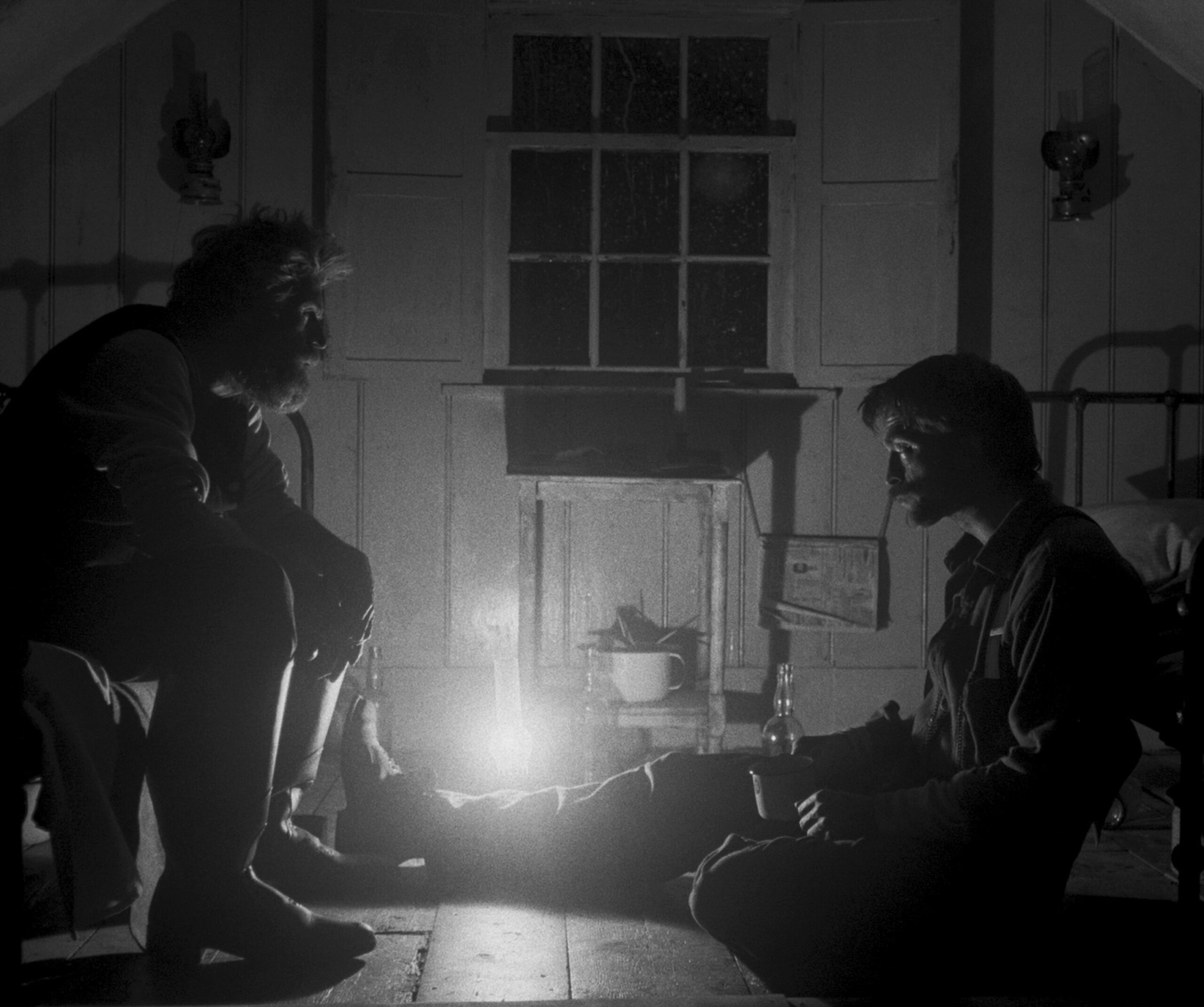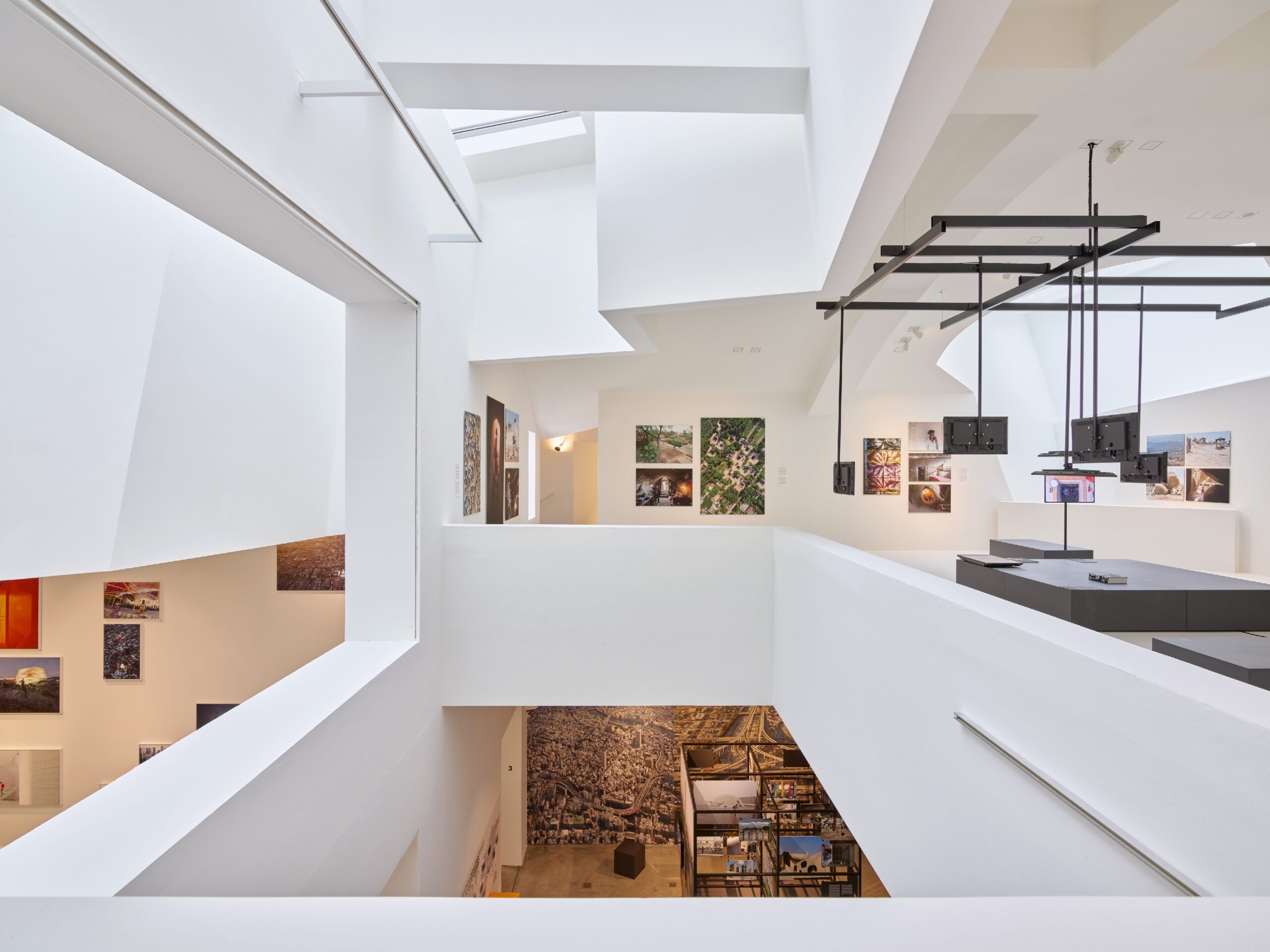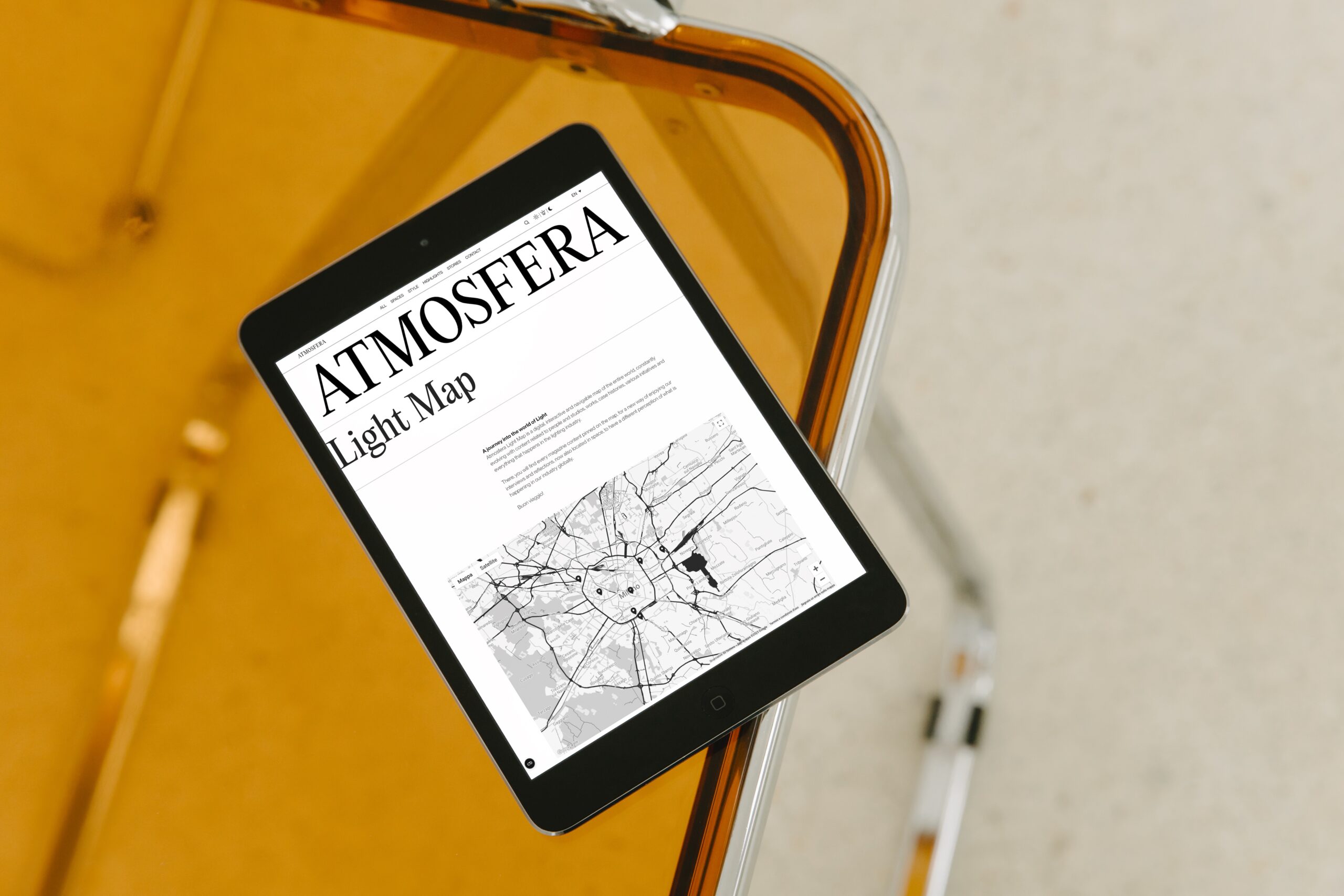Cover photo: From outer Space, Iconic club. Scenography for the launch of the Iconic club at Le Pagliere, Firenze 2018. Ph. Tomas Stankiewicz Baldassarri
Led by Anna Paola Buonanno and Piergiorgio Italiano, the Milan-based design studio From Outer Space (FOS) focuses on design and research across various scales, aiming to establish new levels of understanding to grasp contemporary society. They shared their design approach and creative vision with Atmosfera Mag, with a particular focus on light.
How does light play a role in your projects, from interiors to installations and temporary events?
«In interior design, light is fundamental, often considered last but crucial. Light and lighting atmospheres help define and highlight a space or even express specific suggestions that tangible elements can’t provide. For example, in Iconic Club, the set design we created for an exclusive club’s launch party by Michele Lupi, the lighting system is integral to the scenography. The linear light elements highlight the metal structure’s design and create different atmospheres throughout the evening. It was interesting to see how the perception and use of the same space changed depending on the type and amount of light emitted.»
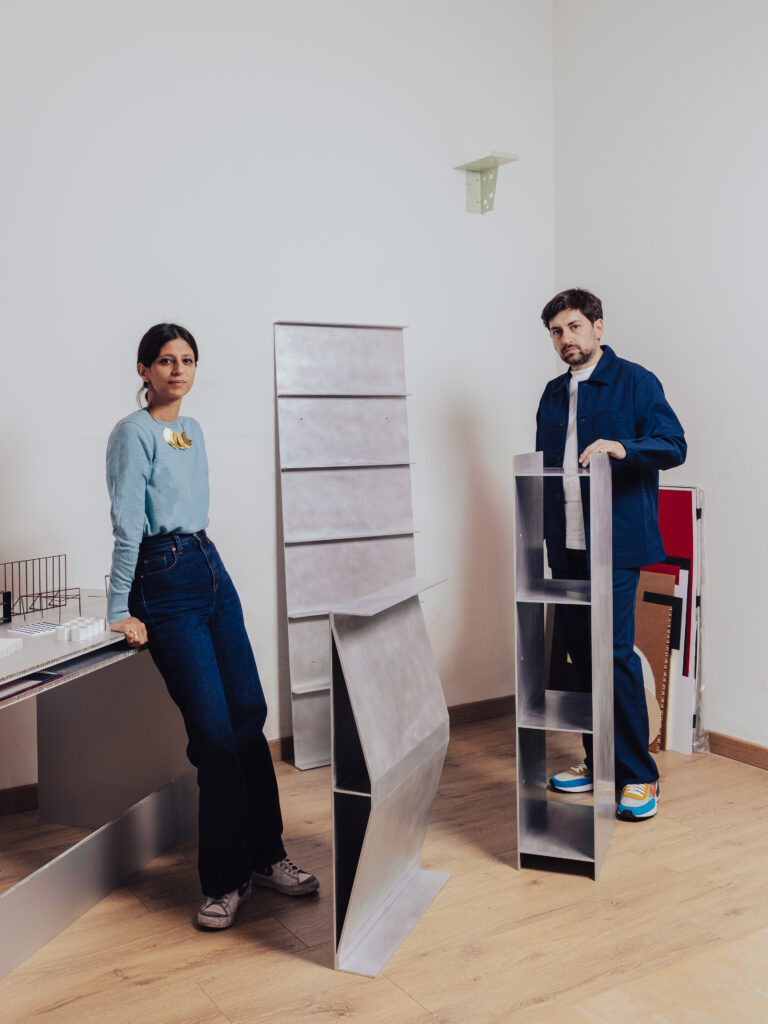
When selecting a product, what characteristics do you prioritize?
«Choosing a light source is, for us, much easier than choosing other objects or furniture. We have many lamps at home, some not yet installed, each with specific features that adapt to different spaces. Sometimes we forget about them, but when we turn them on, they instantly transform the space. We are fascinated by the aesthetic and functional details of the lamps; we don’t focus much on the light they produce but rather on the object itself. For installations, we are interested in the presence of light in the space, how it shapes or highlights it, while the light source tends to disappear.»
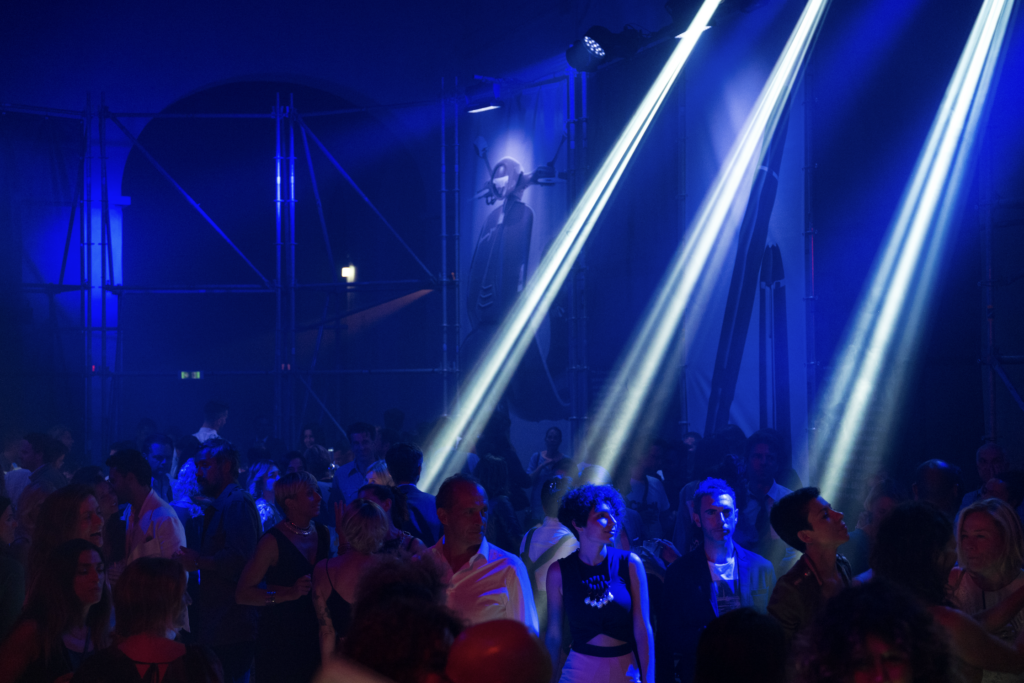
Considering products and spatial scale, what should the light of future environments be like?
«We spend time indoors, surrounded by artificial light sources, and experiencing that, nowadays, total darkness is impossible. Before sleeping, the last thing we see is a luminous display, making us lose attention to the nuances of natural light. Probably, as many designers are already doing and as we noticed during the design of the exhibition Albe. Luci di Domani, curated by Matteo Pirola, the light design will focus more on replicating natural light’s infinite variations rather than the object’s design. We imagine, or perhaps hope, that the spaces will be illuminated by lights capable of replicating the glow of stars!»
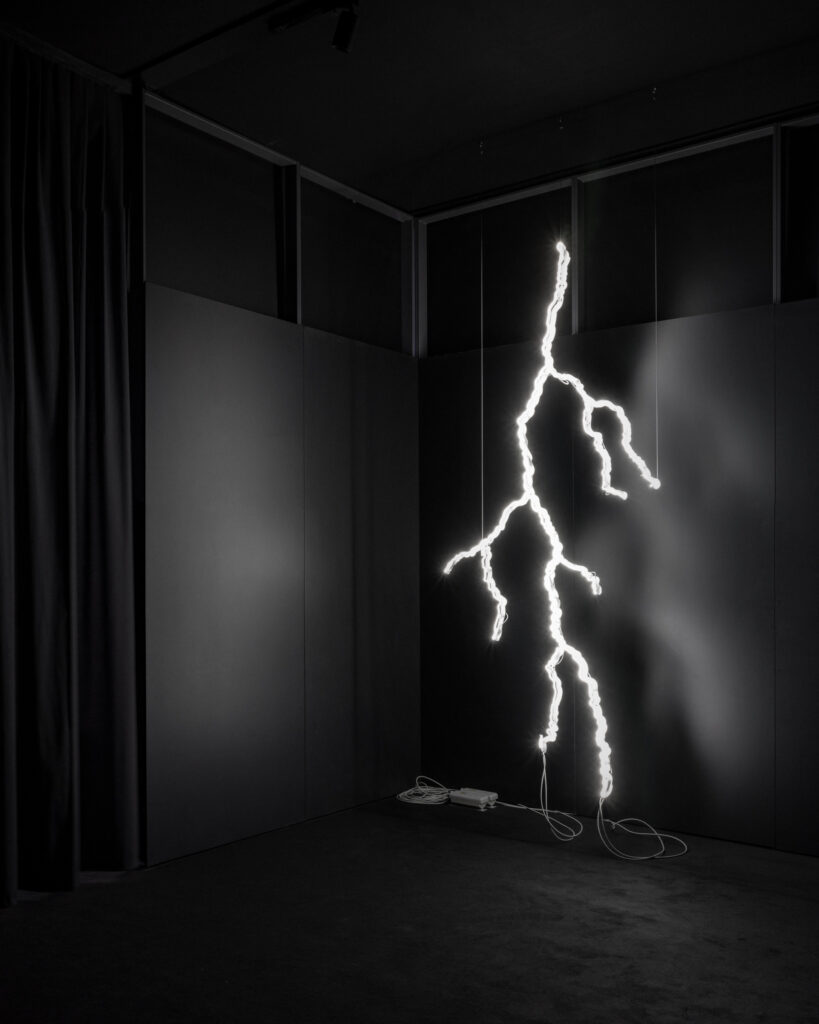
During Euroluce 2023, From Outer Space was tasked with setting up the exhibition ALBE. LUCI DI DOMANI / THE LIGHTS OF TOMORROW. What does it mean to exhibit light? What challenges did you face, and how did you overcome them?
«Exhibiting light has been one of our most stimulating and challenging experiences. Typically, when showcasing a lighting fixture, you don’t always need to focus on its illuminating properties. However, in our case, we were tasked with presenting both light and the absence of light within a space. Thus, a significant part of the project involved studying materials for the installation, their refraction capabilities, and their behaviour when illuminated. Balancing different tones and sequences of light and shadow was very complex and posed constraints that became strengths of the project. Additionally, the choice of colours was crucial. We used black and white panels to emphasize the spectrum of each exhibit without any alterations.
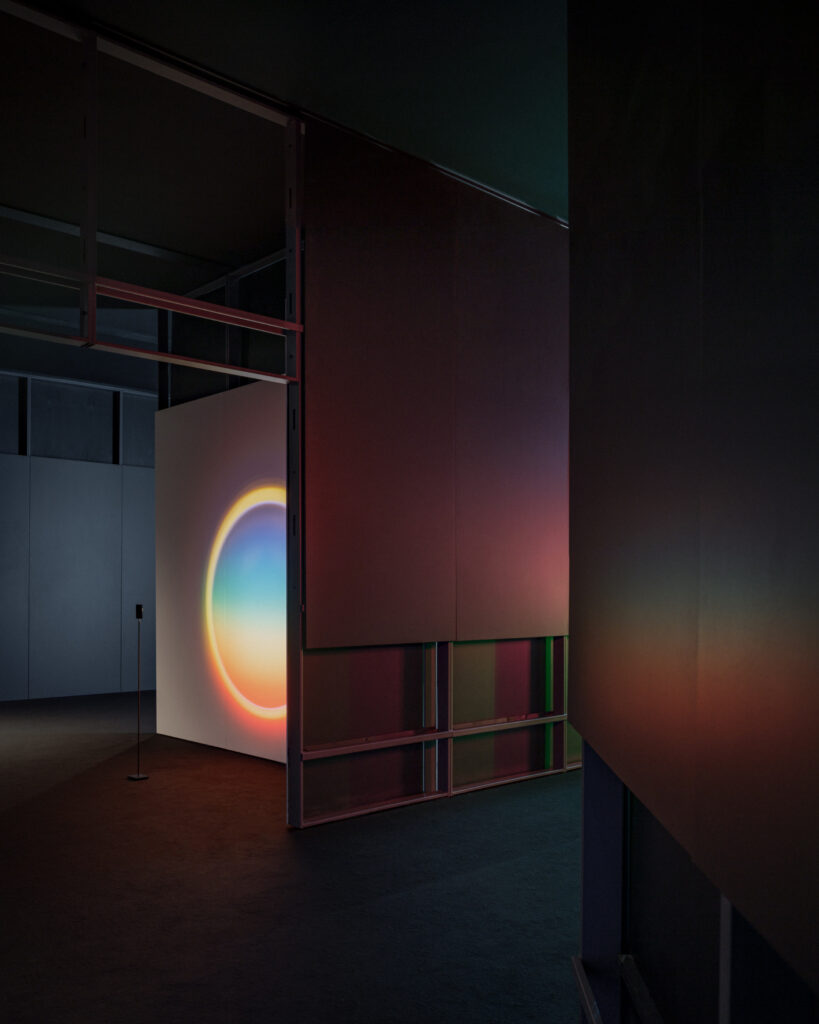
Building a fully enclosed ‘box’ within the Rho Fair was essential to control the different exhibits and isolate (even acoustically) from other European realities. Inside, the structure had a broken plan divided into rooms with different atmospheres: this disjointed space allowed various lamps to reveal themselves first through the ambient glow they created and then by their actual light source. Outside, we played with the possibility of refracting light and absorbing the heavy luminous noise emitted by surrounding stands, using iridescent paint on plywood panels. This strategy animated the project with ‘passive’ light and somehow captured the hectic movement of the Fair days, contrasting with the calm, dark space inside the exhibition.»
